The animal kingdom is beautiful and diverse in so many ways. The various ways animals reproduce are no exception. Many animals, such as humans, have slightly less than a year of gestation and typically have one offspring. However, several animals have significantly more offspring in their lifetime.
Check out more articles: Animal Breeding For Disease Resistance and How Often Can You Breed A Dog?
Animals That Breed a Lot
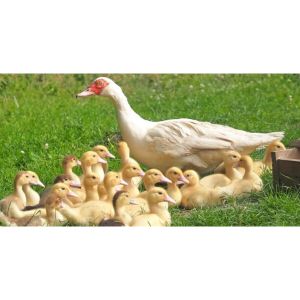
When it comes to determining what animals breed the most, you should look at which animals breed most frequently, how long animals gestate, how often an animal goes through estrus, and how many babies an animal produces at a time. Usually, the amount a species of animal breeds is limited by how many offspring a female of the species can produce.
Animals that breed a lot throughout their life may have short gestational periods, multiple menstrual cycles a year, early sexual maturity, large amounts of offspring at once, or a combination of all of these. Read on to learn about what animals breed a lot and the variables that impact them.
What Affects How Much An Animal Breeds?

Often, animals mate and have babies in the spring. There are several reasons behind this pattern. Over time, animals evolved to have their babies in the spring because the weather conditions are most ideal, longer days mean more time to find food, and food is more plentiful in the spring. As a result, animals that seem like they would have a lot of offspring all the time do not.
Some animals are polyestrous, meaning they have multiple periods of estrus each year, and as a result, they can have several litters a year. Other animals are monoestrous, which means that they only experience estrus once a year and can only be pregnant once.
Some animals have adaptations that affect their ability to breed. For example, some animals have two uteri while others only ovulate randomly, and some animals, such as the armadillo, can even delay pregnancies until conditions are more ideal. Most animals have mating rituals, including bird mating dances.
Which Animals Have The Shortest Gestational Periods?
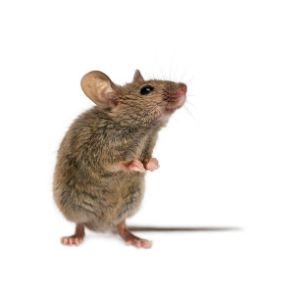
The length of gestation varies wildly throughout the animal kingdom. Humans gestate their progeny for about 280 days, while elephants gestate for almost two years. Many rodents gestate for less than a month.
Theoretically, animals with short gestational periods can have the most offspring throughout their lifetimes. However, many animals only mate at certain times of the year, and so they have fewer offspring than you may expect. Other animals can breed multiple times a year, but they may need a break in between each pregnancy.
1. Stripe-faced dunnart
Stripe-faced dunnarts have one of the shortest gestation periods in the animal kingdom. However, with a 12-day gestation period, these tiny mammals also give birth to altrical young. Altrical means that the born offspring are undeveloped like baby birds. As a result, these animals stay in a pouch for about 40 days following birth.
A female dunnart can have two simultaneous litters thanks to multiple uteri. These animals usually have two or three litters per breeding season.
2. Opossum
There are many different types of opossums with gestation lengths that range from 12 to 24 days. The Virginian opossum has the shortest known gestation period for mammals at 12 days. Female opossums can have up to three litters each year that usually have between eight and thirteen babies each litter.
3. Mouse
Even though mice have short lifecycles, they can produce an astounding amount of offspring during their lifetimes. Since mice are polyestrous, a single female mouse can have as many as ten litters of three to 14 babies each year. A large amount of offspring is partially the result of the 21-day gestation period that mice have.
4. Rat
Like mice, rats are polyestrous, which means that they can have several litters over the year. Rat ovulation is also spontaneous. When they are pregnant, gestation lasts for about 20 days. Rat litters tend to contain between eight and 18 pups.
5. Chipmunk
Chipmunks only have two to six babies per litter. Those young babies only gestate for about 30 days. Since they are somewhat undeveloped at birth, they stay underground for about six weeks after birth. A female chipmunk typically has one to two litters per year.
6. Rabbit
Rabbits are an animal known for their large families. While they are prolific breeders, rabbits are not necessarily the biggest baby producers as far as rodents are concerned. A female rabbit can give birth to anywhere from one to twelve babies per litter. Since they can have three to four litters a year,
Which Animals Produce The Most Babies At Once?
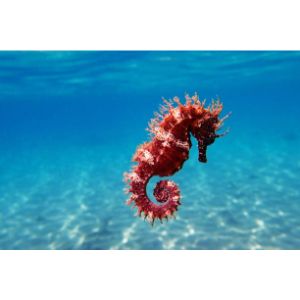
In some cases, you may consider the animal that breeds the most to be the one that has the most offspring at once. Some animal species commonly only have one or two offspring, while others can produce several thousand babies at once.
The amount of offspring at a time can depend greatly on the type of animal that is giving birth. For example, many fish, including the seahorse produce thousands of offspring at once. Meanwhile, the most prolific mammal in terms of birth, the tailless tenrec, only has around 30 offspring per litter.
7. Seahorses
Unlike most other animals where a female gives birth, it is the male seahorse of the species that gestates and births the progeny. When he does so, he can give birth to around 2,000 new seahorses. Seahorse gestation lasts somewhere between two and four weeks.
8. Axolotl
Axolotl only breeds once a year, but when they do they can produce up to 500 babies at once. About 15 to 20 hours after axolotls mate, the female lays her eggs. Those eggs take about two weeks to hatch into newborn axolotls.
9. Tailless Tenrec
As mentioned, the tailless tenrec of Madagascar has around 30 babies per litter, which is the largest litter size for mammals. These small mammals have a gestational period of around 50 to 60 days.
10. Hamster
There are several different types of hamsters, and they have some slightly different lengths of gestational periods. In general, hamsters have six to eight offspring per litter. Hamsters have a gestational period of around two to three weeks.
11. Emu
Emus lay a clutch of between eight and 30 eggs throughout the season. Some emus can produce even more. The father emu incubates their eggs for about 50 days until they hatch. During the incubation process, the father will not eat, drink, defecate, or do anything else to leave the nest.
Which Animals Have The Most Babies Over Their Lifetimes?
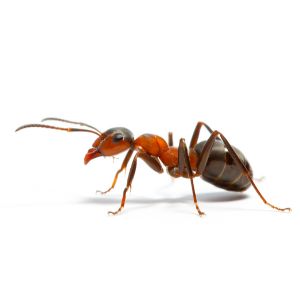
It is difficult to say which specific animal has the most offspring throughout its lifetime. Part of this difficulty is due to the variety across animals. Some animals have a large litter but do not live for very long. So they do not have as many kids as an animal that steadily has several small pregnancies over a long period.
There are several strong contenders when it comes to the animal that produces the most babies over its lifetime. Different animals may hold this title thanks to their unique adaptations.
12. Ant
Insects are some of the most prolific breeders in the animal kingdom. Similar to bees, ants have a single queen ant who breeds with males to populate the group of ants. African driver ants can produce three million eggs every month. A single queen ant can live for several decades. So, if a queen lives for 30 years, she can produce more than a billion offspring.
13. Galapagos tortoise
Thanks to the big lifespan of the Galapagos tortoise, these reptiles can have hundreds of children over their lifetime. These tortoises can lay somewhere between one and four egg clutches each year. Those clutches can each have up to 25 eggs.
Galapagos tortoises do not reproduce until they are a few decades old. Once they are sexually mature, they can reproduce every year for several decades. These reptiles are also known for living a long time, even longer than 100 years.
14. Cardinals
The red cardinal bird may seem unassuming, but it can produce several offspring during its lifetime. Each year, cardinals pair up, and the female lays between one and three egg broods each year. Those broods can contain between two and five eggs. So, a cardinal may produce between two and fifteen offspring a year.
Cardinals can live between three and fifteen years. As a result, they can theoretically produce between six and over two hundred offspring throughout their lifetime. After the female lays the eggs, they will need to incubate for about two weeks. Once the little birds hatch, they will be ready to go out on their own after another two weeks.
Conclusion for Animals That Breed A Lot
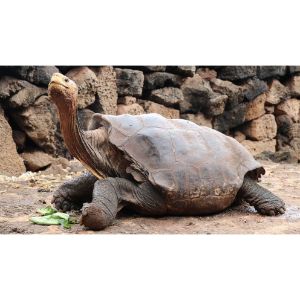
There is not a one size fits all model for animals that breed a lot. Some animals breed a lot, while others produce large amounts of babies at once, and some even live for a long time and can steadily breed over their lifetime. Animals also possess breeding adaptations related to estrous, weather, and finding the ideal mates.
You will also like:
- Best Dog Breeders For Hog Hunting
- Best Labradoodle Breeders In Colorado
- Best Aussiedoodle Breeders In Indiana
For more information on animals that breed a lot, check out the video below:

